Whether you are commuting to work, or going on a long-distance winter road trip, it is very important to stay safe when the mercury drops because this is when road conditions change drastically, and coupled with the mechanical changes brought by the cold temperature, it becomes very important for you to take extra precautions when you're riding. Here are 10 of the most useful winter riding tips that will keep you safe on the two-wheeler.
-
Low Tire Pressure, Better Traction
Two-wheelers stay connected with the road through two tiny patches of rubber, therefore logic dictates that if the patches are wider, the vehicle will have a better grip on the road surface. That is why many experience motorcyclists prefer to keep the tyre pressure slightly lower than optimal during winters for enhanced grip on the road. If you do not know the right amount of tyre pressure that you should maintain for your bike, speak to a mechanic and find out more about it. This is more effective on heavier motorcycles especially tourers and adventure bikes but there is a definite advantage even for smaller commuter motorcycles. One thing that you need to know about lowering the tire pressure is that it might slightly affect the fuel efficiency. Keep a fine balance between both the fuel efficiency and good tire grip.
-
Complete Weather Protection
There's nothing worse than having frozen fingers and shivering when you're riding a motorcycle. This can compromise your control over the vehicle, and also make you very uncomfortable. Thankfully, this is easily remedied by wearing a full-face motorcycle helmet or a modular helmet. We recommend using a full-face helmet or a modular helmet over an open face helmet in the winter because the previous two options are better at keeping the wind out of your face. In addition to helmets, you will also need a pair of motorcycle riding gloves and boots, and for added protection consider investing in a good quality windcheater or motorcycle riding jacket.
-
Take Slow Turns
Like we mentioned earlier, the motorcycle stays connected with the road through two tiny patches of rubber, and when you take a turn the surface area of those patches reduce even further! On top of that, when the road surface is cold and the tire temperature is also low, traction reduces naturally. There is also the additional hazard after root surface being wet because of dew drops. Therefore, it is highly recommended that you take turns very slowly and carefully to prevent any unpleasant incident. Don't break when you are navigating the turn, instead reduce the speed of the motorcycle before entering the turn.
-
Keep A Wider Gap Between Vehicles
with reduced traction in winter, the brakes become less effective compared to when the temperature is hot outside. This means that you need to maintain a wider distance between the vehicle in front of you so that if the vehicle in front of you has to apply emergency brakes, you get enough time to bring the motorcycle to a safe stop without hitting anybody. Tailgating is a bad practice even in summer, but in winter it becomes extremely dangerous. If you see a vehicle tailgating in the rear-view mirrors, get out of its way as safely as possible and let it overtake you.
-
Use Low-beam Headlights All The Time
Visibility is usually low in winter because of thick fog. Being on a motorcycle increases the hazard of becoming completely invisible to other motorists on the road. Consider wearing brightly colored riding gears and using reflective tapes on the motorcycle to make yourself clearly visible from afar. In addition to that, use the low beam headlights at all times So that other vehicle drivers can see you from a distance and take evasive action as necessary.
-
Don’t Use Cruise Control (for specific bike models)
Some adventure tourers and cruiser motorcycles come with the facility of cruise control which is very useful when you are munching the miles on an open highway. However, it is advisable not to use cruise control in winter because you need more fine-tuned control of the vehicle and quicker response times, both of which may become impaired by the use of cruise control.
-
Wear Boots With Good Grips
In addition to putting winter tires on the motorcycle, you also need to wear proper riding boots with good grip so that you can control the weight of the motorcycle when it is stationary. There may be mud or sludge on the road because of melting ice or because of water accumulation caused by heavy fog, leading to the risk of slipping and dropping the motorcycle.
-
Avoid Accelerating In Turns
Overtaking other vehicles on a curvy road, especially in winter has to be done with extra precaution. Do not change gears or accelerate in the middle of the overtaking maneuver. If your motorcycle does not have a meaty mid-range, consider dropping a gear and revving the engine high before overtaking any other vehicle. Avoid accelerating in the middle of turn because it may lead to a wheel-spin and increase the risk of an accident.
-
Increase Situational Awareness
Incidences of road mishaps caused by drunken driving increase in the winters because people think that consuming alcohol will keep them warm. Keep your situational awareness high and keep an eye out for vehicles swerving uncontrollably or erratically on the road. Do your best to getting out their way as safely as possible. Before making any lane change, be sure to check the rear-view mirrors. Do not cover your ears with earmuffs or listen to music on earphones because that can reduce situational awareness and impair the sense of hearing. Keep the visors clean. To prevent it from fogging, invest in a motorcycle helmet with Pinlock® technology.
-
Consider The Alternatives
While we strongly believe that nothing should stop you from enjoying the joys of motorcycling, your safety is sacrosanct to us. That is why we recommend you to consider the alternative of taking a car, or hiring a cab is the temperature is too cold outside, or if you are not completely confident of handling the challenging road condition in winter. Stay safe, make the safest choice.
 Wishlist
Wishlist
 Track Order
Track Order

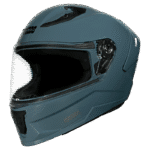
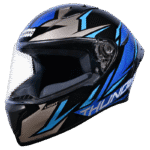
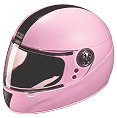
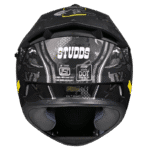
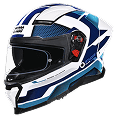
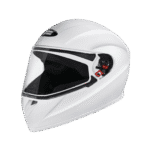
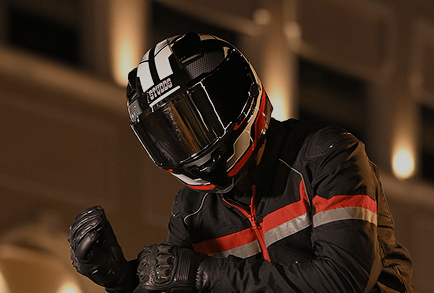
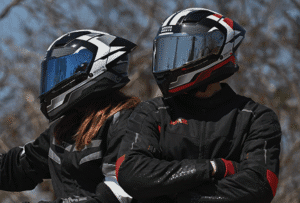
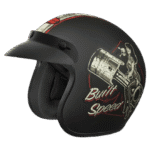
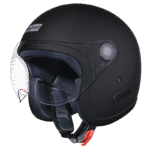
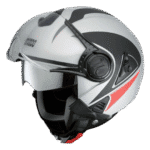
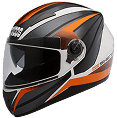
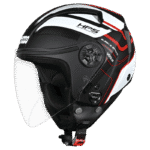
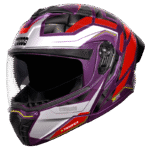
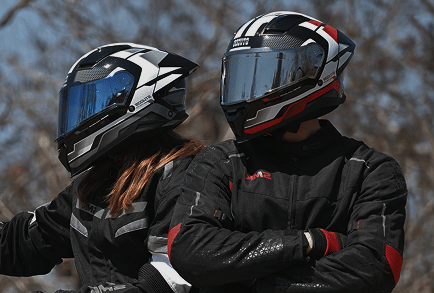
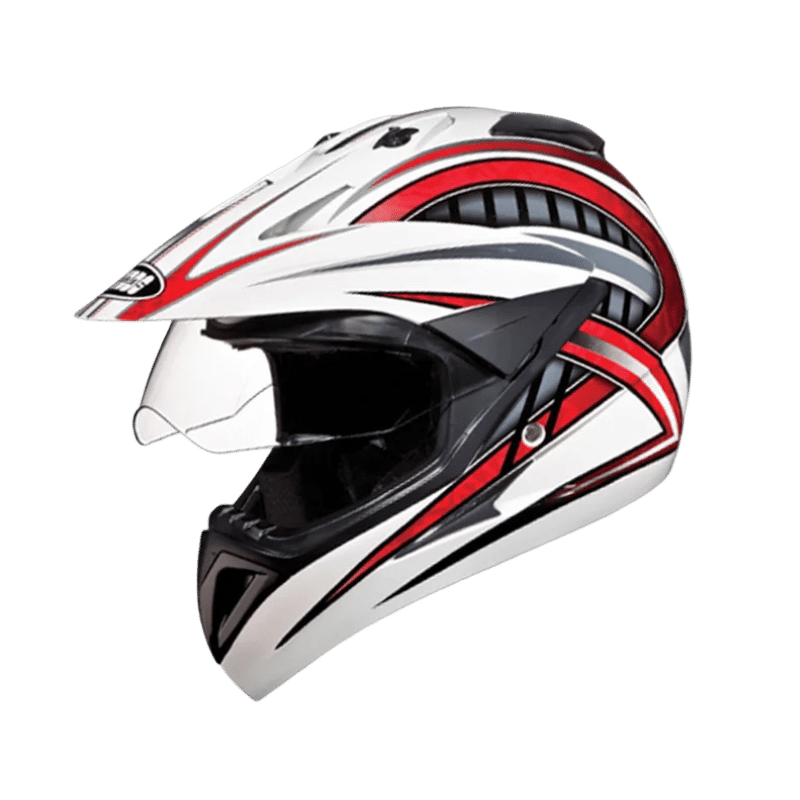
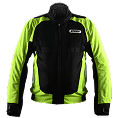
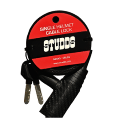
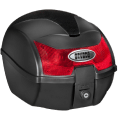

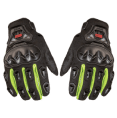
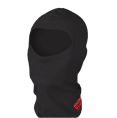
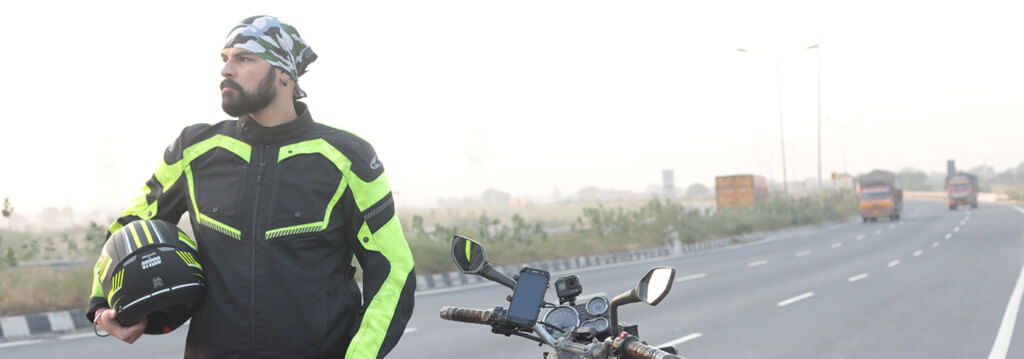
 STUDDS Accessories
STUDDS Accessories  27/11/2020
27/11/2020